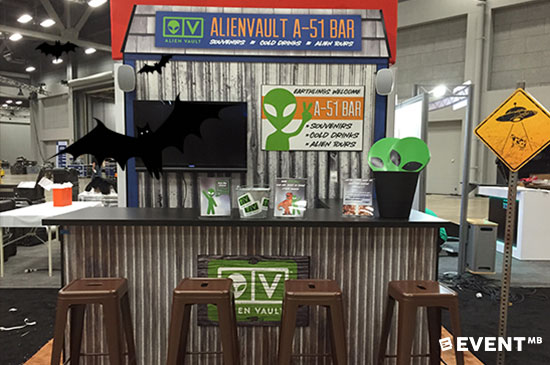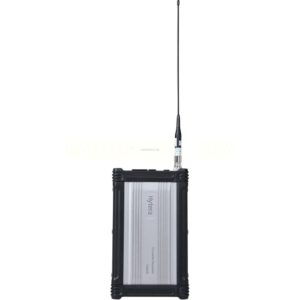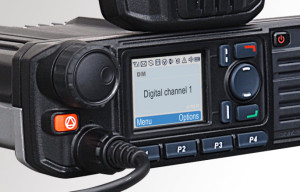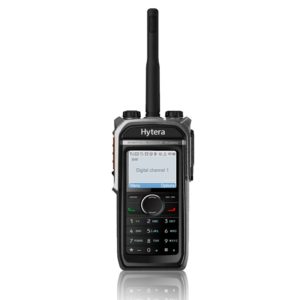
L.A. has some of the best outdoor activities in the world. From the mountains to the ocean, some of the best opportunities to enjoy the great outdoors is available in Southern California.
Want to stay in touch with your skiing or hiking pals at different spots on the mountain or trails? Two-way radios—rugged, lightweight, compact—are designed for such tasks. Here are some tips to help you decide which model is right for you.
Two-way Radio Features
Size and Weight: Shop units by size, shape and weight, especially if your intended use is backpacking. You’ll want a lightweight radio that isn’t bulky. If you’re a skier or mountaineer, look for an ergonomic shape so you can easily use it with gloves. Consider a model where the antenna length is similar to the length of the unit’s body; this provides peak power in a small package.
Two-way Radio Channels: Most radios, especially those used for outdoor recreation, have 22 channels available, on either the Family Radio Service (FRS) band or the General Mobile Radio Service (GMRS) band. To operate a radio that uses GMRS channels, a 5-year family license is available from the FCC (look for Form 605).
Wattage and Range of Coverage: Many two-way radios claim they have a range up to 25 miles in optimal conditions. Real-world conditions are usually not optimal, and in roughly 90% of situations, a radio’s actual range will be about 2 miles or less.
FRS-only models put out the FRS maximum of a half watt and give you a maximum range of 5-6 miles. Though GMRS technically allows a maximum power output of 50 watts (used for base stations), most recreational handhelds offer 1 or 2 watts to keep size and weight low. These typically have a maximum range between 8-25 miles.
A chief benefit of higher-powered radios (1- or 2-watt models) is their ability to fill in coverage dropouts (behind hills or buildings, for example) that often occur within the line of sight of a radio user. The higher power tends to improve the overall quality of the signal.
Higher-watt radios use more battery power and are more expensive, so consider your use and decide whether your need for range outweighs your need for battery life. A low-watt FRS model may be sufficient if your main goal is to simply keep track of your family on the trail.
Privacy/Interference-Eliminator Codes: In busy areas, such as a ski resort, 22 channels can quickly get occupied. As a result, many radios provide a Continuous Tone Coded Squelch System (CTCSS) or CDCSS (Continuous Digital Coded Squelch System) that allows you to subdivide main channels with the use of privacy codes. Rather than trying to communicate with a friend simply by using Channel 5, privacy codes let you connect with a combination of channel and code—for example, Channel 5 and Code 3.
The use of CTCSS or CDCSS “codes” can minimize (but not eliminate) the amount of unwanted chatter on the main channel the user would otherwise hear.
Important: A “privacy code” does not make your communication private. This is why some manufacturers alternately call this feature an “interference-elimination” code.
Calling and Paging Features: Pre-set “calling” tones can let you grab the attention of other members of your party before you start talking. You can also set some models to vibrate instead of making an audible tone.
Scanning: This allows you to cruise through channels in order to find the one that your group is using. You can also use this feature to quickly locate an “empty” channel for your group to use.
Keypad Lock: This allows you to lock your settings in order to prevent them from accidentally getting changed as you go about your outdoor activities.
VOX: The voice-activated (or “VOX”) feature begins broadcasting automatically when you speak in the direction of the radio, thus letting you operate it hands-free. Mountain bikers and skiers find this to be a useful function.
Noise Filter: This allows clearer signals and enhanced range.
Weather Radio: Tap into the NOAA weather band stations for local forecast and conditions. This is a very handy feature for anyone, but can be essential for backcountry adventurers.
Hands Free: Jacks for microphones, headphones and microphone/headphone combos allow for hands-free operation. This is ideal for active sports—skiing, kayaking, cycling—where you might not be able to stop and answer the call.
Radio/GPS Combo Units: Though more pricey, some units offer all-in-one nav/comm capability. A key advantage is peer-to-peer positioning, which allows you to broadcast your location coordinates so they appear on your fellow users’ screens.
Two-way Radio Batteries: Most two-way radios run on AA or AAA batteries and are designed to accept disposable alkaline batteries or rechargeable nickel-metal hydride (NiMH) batteries. Others come with their own rechargeable battery packs.
In general, the higher a radio’s power output, the faster it will drain your batteries. Look for models that send the unit into a low-power, battery-saver mode after a certain amount of time has elapsed between broadcasts. Or consider a solar charger for in-the-field replenishment of rechargeable batteries.
Tips for Using Two-way Radios
Scattered trees and bushes are mostly transparent or “translucent” to radio signals. So even in forested or hilly territory, two-way radios generally do a fair to good job of transmitting short-range signals. However, several factors can inhibit two-way radio performance:
- Topography (hills, deep canyons, ridgelines, tall formations)
- Weather (such as thick clouds)
- Electromagnetic interference (lightning)
- Obstructions (dense forest, structures)
- Large metal surfaces (inside a vehicle, range is usually less than 1 mile)
To optimize the range, make sure you achieve a good line of sight between you and the other radio operator. You will increase your ability to increase your range as you increase the elevation of your position. Attaining a high point above an otherwise flat area can be a huge benefit toward optimizing your radio’s maximum range.
The human body can also block radio waves. You may boost reception of incoming signals if you attach a radio to a section of your pack that remains away from your body instead of clipping it to your belt.
Other Two-way Radio Considerations
Compatibility: Any two-way radios broadcasting on the same frequency (FRS or GMRS) and supporting the same channels will work together. Keep in mind, though, that to get full use of your radio’s other features, you’ll need another radio with the same features. Thus, it makes sense to buy in pairs.
Usage Area: USA and Canada: Two-way radios made for use in the USA are generally not legal to use outside North America. In 2005, the frequencies used for two-way radios in the United States and Canada were aligned, both meeting the same requirements. Mexico formally allocates only FRS channels. Other countries may use these frequencies for police, military or other applications.



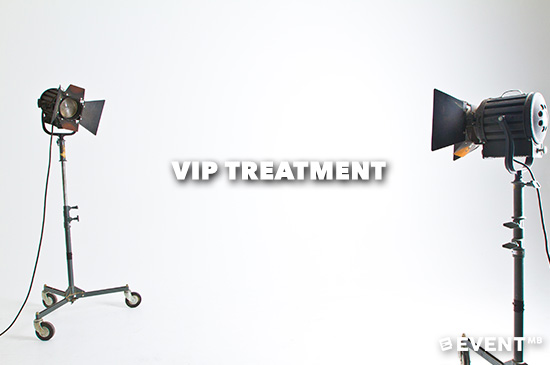 Your number one focus when working in a trade show booth should be customer retention. Make sure your
Your number one focus when working in a trade show booth should be customer retention. Make sure your  Once you have your personalized experience mapped out, take a look at visitor data from the previous trade show to incorporate other ideas into your plan – this will drive deeper engagement and create richer experiences for audiences. Without spending time reviewing the data and analytics on your booth attendees, you may be missing out on a huge opportunity to engage and sell at trade shows. Data plays a huge role in personalization, and helps to segment the correct group your booth staff needs to be focused on at the event.
Once you have your personalized experience mapped out, take a look at visitor data from the previous trade show to incorporate other ideas into your plan – this will drive deeper engagement and create richer experiences for audiences. Without spending time reviewing the data and analytics on your booth attendees, you may be missing out on a huge opportunity to engage and sell at trade shows. Data plays a huge role in personalization, and helps to segment the correct group your booth staff needs to be focused on at the event.